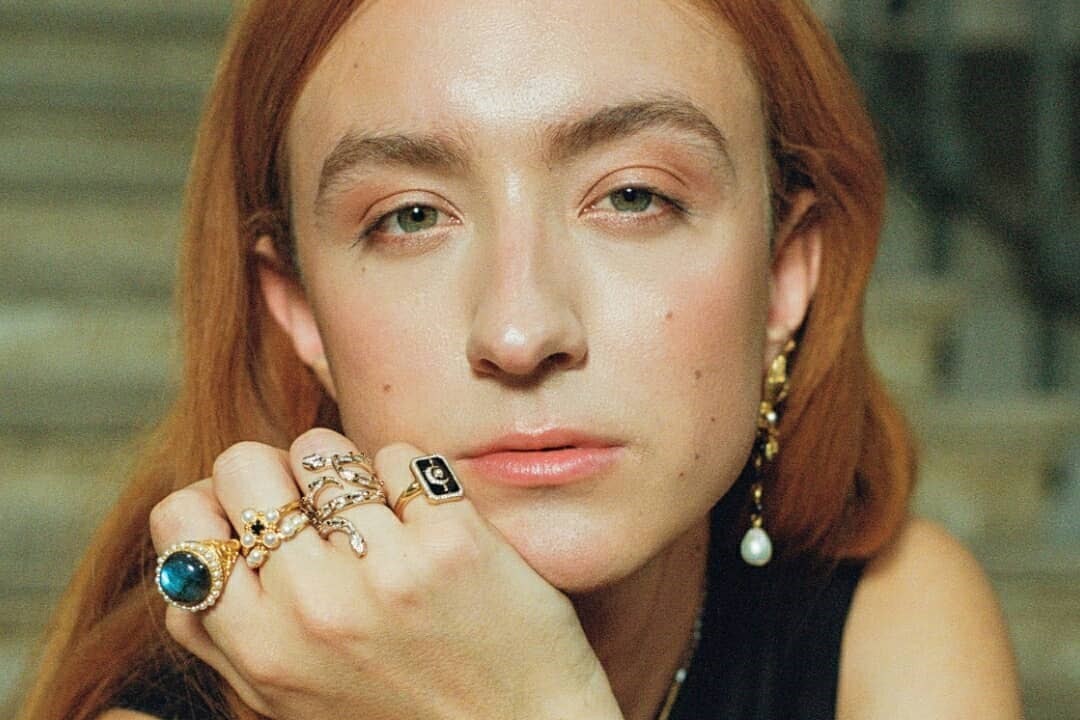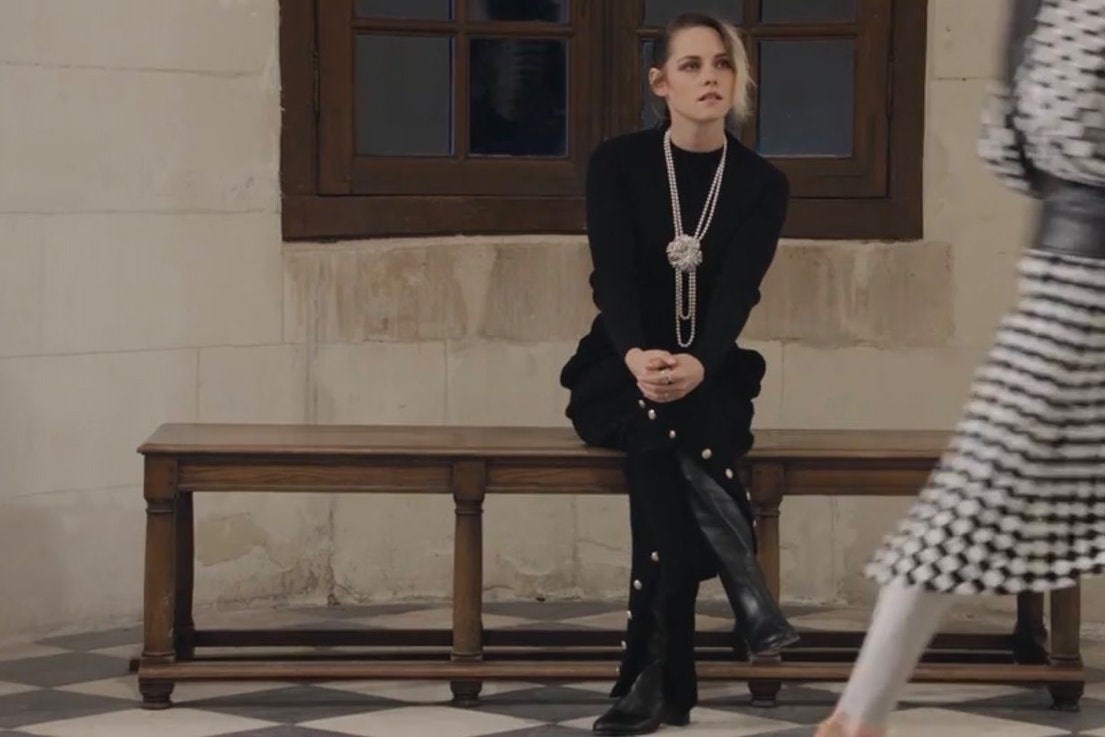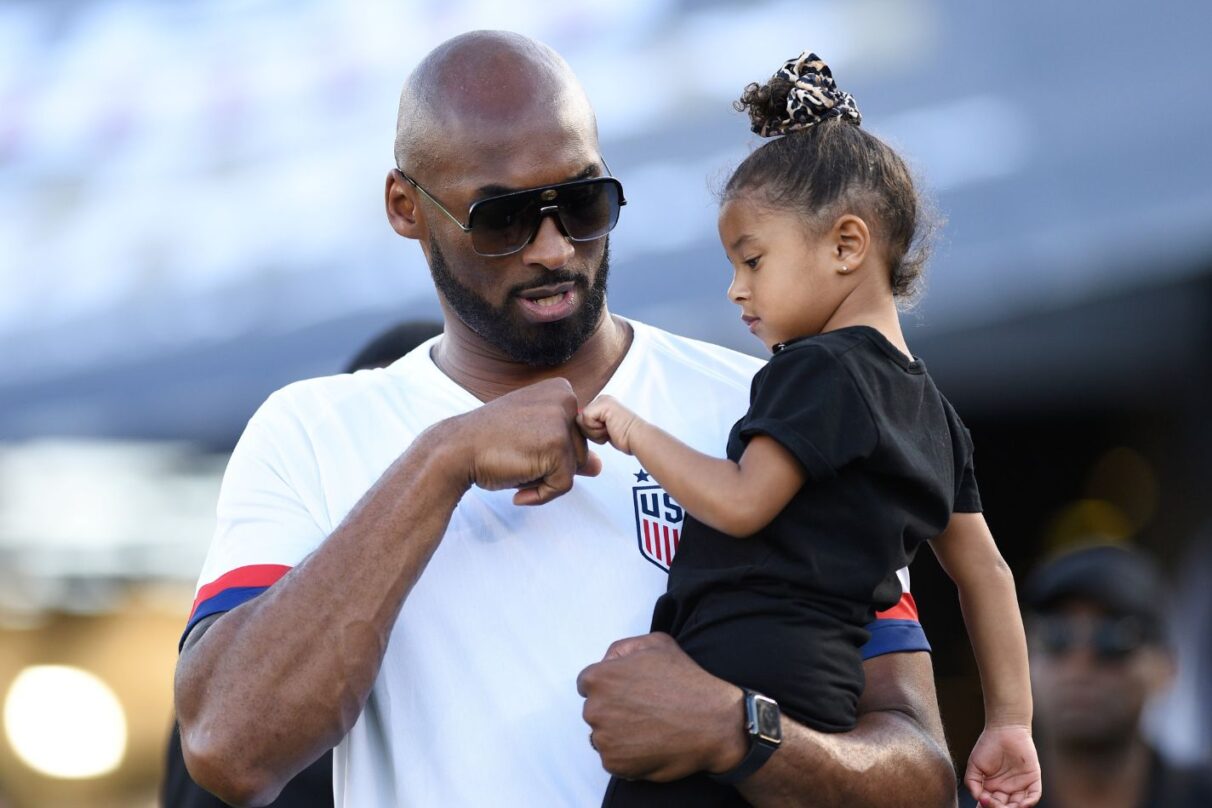
‘I hope the community outlives Elon Musk’: High Fashion Twitter speaks out
With the future of Twitter thrown into disarray, its fashion figureheads reflect on the unique role the site has shaped in criticism, and which platform they might take their conversations to next
The advent (and eventual omnipresence) of Twitter has created a new lens for absolutely everything and anything to be breathlessly analysed. Much of this is down to the platform’s chosen metric of engagement, which is algorithmically-biased towards the kind of extreme hot takes that get loads of quote tweets and comments – regardless of whether they’re positive or negative. It means the website rewards cynicism before genuine critique, and binary thinking before nuance. But nowhere is culture analysed with as much care and consideration as High Fashion Twitter: the collective name given to young fashion nerds who scrutinise every ebb and flow of the industry behind secret aliases like @dameandconfused.
Beyond dissecting the value in a Diesel belt skirt or Coperni’s runway gimmicks, much of the discourse centres on rare, archival runway images from a period in time long before they were born. It’s also one of the only places where the critic is positioned higher than the artist, with its proponents expressing a level of honesty that traditional journalists are rarely afforded. “Although it might seem insignificant, platforms like Instagram that place captions under posts prioritise optics before thought,” Chloe Kennedy, coordinator for the HFT Met Gala says. “Twitter leads with the text, so commentary is not an afterthought. This creates an environment for education and meaningful criticism.” But with Elon musk now at the helm of the website – sharing criminally unfunny memes, promoting “free speech”, and threatening to undermine the integrity of journalism by glutting the platform of blue ticks – all that could evaporate.




Still, how likely is that to happen? Are users actually going to unshackle themselves from the Blue Bird and flee to Mastodon? A website where “Tweets” are called “Toots”? And if they do, what does that spell for the future of popular fashion criticism? Balenciaga can remove itself from Twitter because big brands hold little sway in a forum dominated by actual people, but where else do public thinkers really have to go? Below, we ask some of High Fashion Twitter’s figureheads what might happen when a website they so heavily rely on takes its final breath.
@MUGLERIZE
atelier versace s/s 1999 pic.twitter.com/i9YqZEJlNo
— Nathan (@muglerize) November 16, 2022
“I don’t think other big fashion brands will be brave enough to remove themselves from Twitter – they can’t afford to risk losing exposure and advertising. But it’s hard to predict what will happen. I don’t think people will disappear from High Fashion Twitter because it’s an indescribably special place to share thoughts and opinions on anything and everything in fashion. On the other hand, though, if these policies are pushed to the max – to the point where it’s too much – the animosity will continue to grow and that might result in HFT being dissolved.
There are growing numbers of commentators on Instagram, but I think that platform is for showcasing visually-pleasing photos, which is fine, because not everything needs to be analysed. Critics don’t get as much attention and praise for their knowledge compared to accounts that simply post runway and fashion editorial images. There’s still a sense of restraint that hinders most people from connecting, interacting, and creating discussions on Instagram.
High Fashion Twitter means so much to me. It’s helped me in so many ways. The community’s eternally willing to support each other with threads and fashion week commentaries. I’ve been here for the last five years, cultivating my craft, as well as meeting amazing people around the world with the same love and passion. The idea of it being dissolved is tragic and depressing. I believe the people on here are today’s Suzy Menkes, Cathy Horyn, and Robin Givhan, giving real and honest fashion criticism. So, really, without HFT, the drive of the fashion industry and its people to become better and to do better will be lost in a sea of ‘safe’ but soulless affirmations from spineless hype men.”
@FENDIFAGUETTE
2007 calling pic.twitter.com/LHorZVIwua
— Future Rockstar GF (@fendifaguette) November 8, 2022
“I think Twitter is doing more harm than good. In a time where words can so easily be misconstrued, IG or TikTok is our safest bet. Because a picture is worth a thousand words. For me, Tumblr will always be supreme, and, as we slide back into the Indie Sleaze era, it’s primed for a comeback, especially now that censorship has been lifted. I learned so much about the history of fashion on Tumblr. I literally got into archiving because I saw so many fashion moments that I felt people needed to be educated on. It’s a safari of creatives and intellectuals, and you find your people there. It differs from Twitter because, honestly, you have to be a smart person to be on that website.
High Fashion Twitter is a place of refuge. I started my journey during quarantine and people liked my thoughts. I’ve met collaborators from here and we’re like a little ecosystem. And it’s nice to know that, as a creative, you’re not alone, because this industry can conjure that. One drawback is that people just follow trends on Twitter and the education isn’t always there. Not everyone wants to be a coquettish Miu Miu girl or whatever. I think, for real nerds, it’s harder to find people who follow the same passions, designers, photographers or inspirations.”
@CHLOEKENNEDY
you’d have to be invited to the met gala first so let’s start there https://t.co/CyB6StL7Lf
— chloe iris (@chIoekennedy) November 6, 2022
“Twitter seems to be more of a space for fashion writers and commentators than brands. It is a possibility that more brands will follow Balenciaga’s lead, but their presence, or lack thereof, does not have an overwhelming impact on the dynamics of fashion Twitter. Most of us don’t have many other alternatives. A lot of freelance journalists and fashion students rely on the platform for exposure and up-to-date fashion news. I do sometimes look to TikTok for commentary, though. Fashion writers like Rian Phin and Alexandra Hildreth provide great analyses.
TikTok’s great for introductions to fashion criticism, but Twitter’s formatting is better for back-and-forth communication, all responses to a topic are consolidated under the initial post. Also, Twitter gives privacy to those who want to engage in fashion discourse, but aren’t entirely comfortable posting themselves. Not only are those voices necessary, but the anonymity of Twitter itself adds value to discussion. There’s less of an influencer-to-commenter relationship and more of a focus on the topic rather than the poster. Platforms like Instagram that place captions under posts prioritise optics before thought. Twitter leads with the text; commentary is not an afterthought. This creates an environment for education and meaningful criticism. It can be difficult to have in-depth discussions through 280-characters, but the HF Twitter community has found ways around this with the use of threads and periodic HF Twitter Spaces.
Brevity makes fashion discourse more approachable and it’s easier to capture people’s interest when tweets are fragmented. A lot of fashion accounts started as casual twitter users who were exposed to these types of posts. If HFT was dissolved, I would be incredibly sad. Not only have I had countless amazing opportunities through HF Twitter, but I’ve also made a ton of incredible friends. I want young fashion devotees to have the same opportunities that I have had, so I hope the community outlives Elon Musk’s administration. As for the fashion industry at large, I think the loss of HF Twitter will severely affect the general public’s casual interest in fashion. People tune into cultural fashion events like the Met Gala and red carpet premieres via social media. These platforms keep the art of fashion within arm’s reach and maintain fashion’s social relevance.”
@DAMEANDCONFUSED
Cool Dad. pic.twitter.com/lffBXlMeDc
— JAWN PAUL GAULTIER (@dameandconfused) December 19, 2021
“Brands just use Twitter as a place holder. I actually don’t follow any brand other than Bianca Saunders. HFT is far more active and impactful than most brands’ accounts. As for whether people will stop using Twitter, I think it’s a false outcry. Nothing has changed so far but I’m looking forward to creators being able to monetise their posts – there are so many accounts dedicated to certain brands and they should be compensated for their efforts. People on other fashion forums are savages. Brutally honest. Twitter is mostly PC in my opinion. Twitter has a certain ease to it, whereas Instagram is produced. I can tweet any fleeting thought without an image. My Twitter is miles ahead of my Instagram, but Instagram is where you can make a profit. If HFT was dissolved it wouldn’t affect me at all. I’ll still be posting no matter who is on this app.”
@MOOGLARE
ME AND WHO! pic.twitter.com/rYbMM5JOEF
— ???? (@mooglare) November 2, 2022
“Most brands won’t remove themselves from Twitter, Balenciaga was just trying to make a statement. These brands just post the same adverts that are posted on Instagram, so even if they decide to leave Twitter it won’t make a difference. I don’t think people will stop using HFT either. I really do not know of another space where those in the industry (journalists, brand owners, PR people, editors, stylists) and those with an interest in their work all interact in one place. There is really no other option… unless there’s a thriving High Fashion Reddit community – no shade if there is! – I don’t know where everyone would go.
I think the real strength of High Fashion Twitter is how democratised it is. Content that resonates with people can be extremely successful, no matter where it comes from. Instagram’s missing the dialogue. The value in HFT is the community and the connections that can be made from it. I’ve been able to DM with people that I admire, learn from those working in the industry, share opinions on whatever may be happening in fashion, and create lasting connections with people! But the most important aspect is the ability to have a pulse on the industry at all times. HFTwitter is QUICK! You always know what’s happening in all corners of fashion. It’s fabulous!
If HFT disappeared you would lose a space where the democratisation of fashion can really occur – a space where people can discuss what resonates and criticise what doesn’t, showcase smaller designers, and gain connections. There is no other place that could fill the void. It would be really sad. I don’t think the community is set on leaving, but when journalists or major voices leave, there is a large gap left.”
@RHIANPHIN
post streetwear in high fashion era, people are tired of casualisation of fashion because it’s leading toward status ambiguity
— thatadult (@rianphin) November 16, 2022
“I don’t think other brands will remove themselves from Twitter because they don’t have the cultural resonance that Balenciaga has. They’re not cool or brave enough to depend on other platforms’ audiences alone – a lot of them are tapped into HFT to guide their next moves and we’re still here. That being said, a lot of HFT people are considering moving to Tumblr because it’s the source of a lot of their interactions on Twitter. Outside of HFT there are discord servers, but inactivity becomes an issue; there’s TikTok, but it’s less cool, requires more work to establish yourself, and opens yourself up to vitriol. It’s also much less community-oriented and makes people sound like they’re speaking as an authority rather than contributing to a larger conversation. But there’s MUCH more expert knowledge on TikTok and the expectation of expertise scares some people away. Twitter’s just so much more casual, you can connect with a large community just based on appreciation alone, without all the analysis and theory expected on TikTok.
There are drawbacks, though, because short form content leads to misunderstandings and fighting – disagreement is incentivised by fewer character counts. If HFT was dissolved, fashion news, fashion history, new designers, independent designers, and some high quality information would be much less accessible to everyday people. I would lose access to a lot of fashion creators who might not have massive followings but still contribute to and spark viral conversations, thought, and design – that would all be lost. Barragan’s most recent collection without Twitter? Maybe not possible. Balenciaga? Y2K? Any hot button issues? Social commentary is not as accessible on IG, so the industry would shift a lot. Also, HFT is some people’s main way of finding friends, especially when moving to big cities *for* fashion, so it’d be a huge loss overall.
There’s someone who makes viral fashion threads on HFT who does 1:1 visual comparisons of high fashion and famous artworks. They’re super young and just an internet fashion girlie, but that kind of content resonates with people and invites them to see fashion and art differently. I don’t see content like that being possible on any other platform – because of the specific layout and UX of Twitter – let alone being shared thousands of times. Losing quick, impactful, value-based content like that would be devastating for getting people interested in the arts.”



